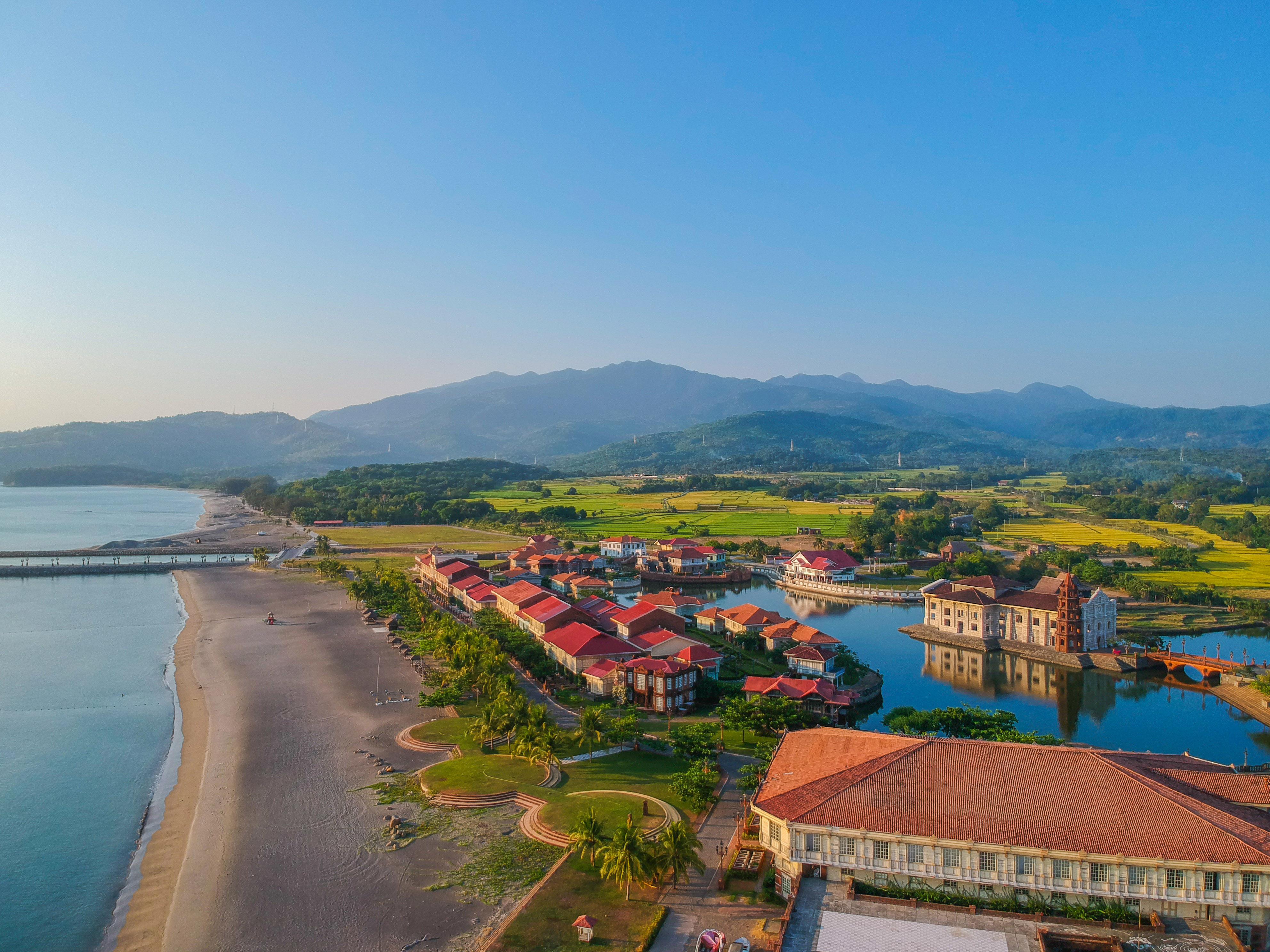
Manila – Tourism Secretary Bernadette Romulo-Puyat said the restoration of the statue La Madre Filipina at the foot of Jones Bridge, Binondo, Manila signifies the government’s fervent determination to bring back Manila’s old glory.
Sec. Puyat and Manila Mayor Fransico “Isko” Moreno Domagoso signed a Memorandum of Agreement (MOA) for the turnover of the statue from Rizal Park and its reinstallation at its original location. The iconic La Madre Filipina (The Filipina Mother) is one of the four-piece work of sculptor-painter Ramon Lazaro Martinez unveiled in 1921 that adorned the pillars of the historic bridge.
“This is not just a restoration of a monument. It is the placement of a silent witness to the history of Manila, from the American Occupation till the end of the Second World War. We entrust back to the City Government this priceless piece of art and history for Filipinos to preserve and appreciate,” Sec. Puyat stressed.

Only three of the four statues survived World War II and were relocated elsewhere, including the one in Bagumbayan, Rizal Park under the care of the National Parks Development Committee (NPDC), an attached agency of the DOT. The other two statues are installed at the Court of Appeals compound in Ermita, Manila.
“We appreciate Manileños feeling of nostalgia for Old Manila and I trust that the Court of Appeals and the National Historical Commission of the Philippines will also agree to have the last two original La Madre Filipinas back at the Jones Bridge soon,” said the DOT Chief.

A replica of the destroyed piece now stands opposite the La Madre Filipina at the foot of Jones Bridge that leads Binondo, otherwise known as Manila “Chinatown,” and the historic Escolta Street.
Sec. Puyat lauded the City of Manila for the renovation of Jones Bridge with its neoclassic lamp posts, which has become an instant sensation as a local tourist spot with a breathtaking 360-degree view of the Pasig River and downtown Manila.
Just recently, romantic pre-nuptial photographs of a couple taken at Jones Bridge went viral on the internet.
“We at DOT share Mayor Isko’s passion in urban regeneration to rekindle the capital city’s glory days. It is incredible what can be achieved when the national and local agencies work together under a common goal. We look forward to replicating this partnership with other LGUs in the country in order to boost tourism and preserve our heritage.” stated Sec. Puyat.
Constructed to replace Puente de España (Bridge of Spain) in 1920, Jones Bridge is named after United States legislator William Atkinson Jones, author of the 1916 Jones Law that granted the Philippines legislative autonomy, creating the first elected Philippine legislature prior to the country’s independence.






